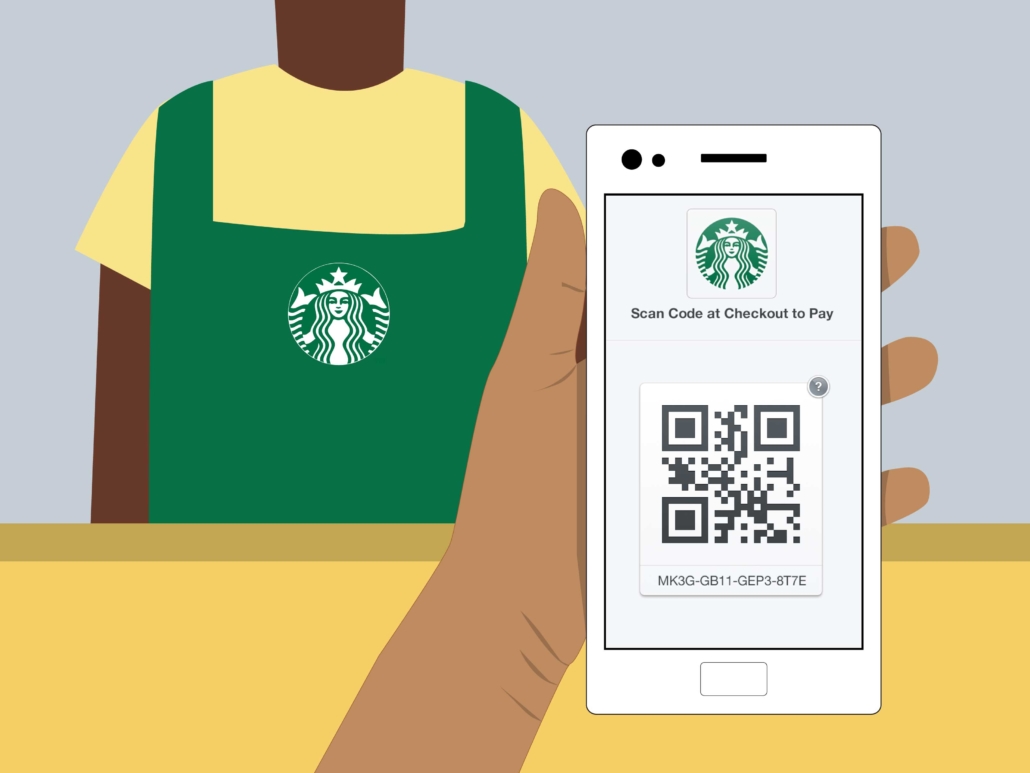Optimizing Your E-commerce Store for Conversions
In the dynamic world of e-commerce, driving traffic to your online store is just the beginning. The ultimate goal is to convert visitors into paying customers.
Optimizing your e-commerce store for conversions involves a strategic blend of design, functionality, and marketing. In this blog post, we’ll explore key strategies to enhance your e-commerce conversion rates and boost your bottom line.
1. User-Centric Design
Your website’s design plays a crucial role in the user experience (UX). A cluttered or confusing layout can deter potential customers. A survey done by Adobe found that 38% of people stop engaging with a website if the content/layout is unattractive. To optimize for conversions, focus on creating a clean, intuitive, and aesthetically pleasing design. Ensure that navigation is straightforward, product pages are well-organized, and the checkout process is seamless. Here are some design tips:
- Responsive Design: Ensure your site is mobile-friendly, According to Statista mobile e-commerce sales reached $2.2 trillion in 2023 and now make up 60 percent of all e-commerce sales around the world
- Fast Load Times: A slow website can frustrate users and lead to high bounce rates, research from Think With Google found that 53% of mobile site visitors abandoning a page that takes longer than three seconds to load.
- Clear CTAs: Your call-to-action buttons should be prominent and compelling, guiding users toward making a purchase.
2. High-Quality Product Images and Descriptions
The online shopping experience lacks the tactile element of physical stores, making high-quality visuals and detailed descriptions essential. Use professional photos and consider offering multiple views or even 360-degree images. Product descriptions should be concise yet informative, highlighting key features and benefits. Include relevant keywords to improve SEO and help customers find your products more easily.
3. Streamlined Checkout Process
A complicated or lengthy checkout process is a common cause of cart abandonment, Baymard Institute calculated that 70.19% of online shopping carts are abandoned before purchase. Simplify this process by:
- Reducing Steps: Limit the number of pages and fields customers need to complete.
- Offering Guest Checkout: Allow customers to purchase without creating an account. Having perks for creating an account rather than forcing account creation gives customers a reason to come back.
- Providing Multiple Payment Options: Include various payment methods to cater to different customer preferences.
4. Trust Signals
Building trust is essential for conversion optimization. Include trust signals throughout your site, such as:
- Customer Reviews and Testimonials: ReviewxXpo found that displaying reviews can increase conversion rates by 270%, as potential customers trust peer feedback.
- Security Badges: Show that your site is secure and reliable by displaying SSL certificates, payment security logos, and data protection assurances.
- Transparent Return Policies: Clearly outline your return and refund policies to reassure customers of their purchase decision.
5. Personalized User Experience
Personalization can greatly enhance the shopping experience, making customers feel valued and understood. According to a study from Epsilon, 80% of consumers are more likely to purchase from a brand that provides personalized experiences. Implement personalized product recommendations based on browsing history, purchase behavior, or demographic data. Consider using AI-driven tools to offer targeted promotions or discounts to returning customers.
6. Effective Email Marketing
Email marketing remains a powerful tool for driving conversions. Use segmented email campaigns to target specific customer groups with tailored messages. Abandoned cart emails, personalized product recommendations, and exclusive offers can entice customers to complete their purchases.
7. Utilize Analytics and A/B Testing
Data-driven decisions are key to optimizing your e-commerce store. Regularly analyze site performance metrics, such as bounce rates, average session duration, and conversion rates. A/B testing different elements—like headlines, CTAs, or product layouts—can provide insights into what works best for your audience.
8. Optimize for SEO and PPC
Increasing your store’s visibility on search engines can drive more traffic and conversions. Focus on SEO strategies such as optimizing product titles, descriptions, and meta tags with relevant keywords. Complement your SEO efforts with Pay-Per-Click (PPC) advertising to target specific customer segments and drive immediate traffic.
Conclusion
Optimizing your e-commerce store for conversions is an ongoing process that requires a holistic approach. By focusing on user-centric design, high-quality product presentation, streamlined checkout processes, and personalized marketing strategies, you can enhance the shopping experience and boost your conversion rates. At Onimod Global, our team of digital marketing experts is here to help you navigate the complexities of e-commerce optimization and achieve your business goals.
Contact us today to learn more about our tailored solutions for boosting your online conversions.



